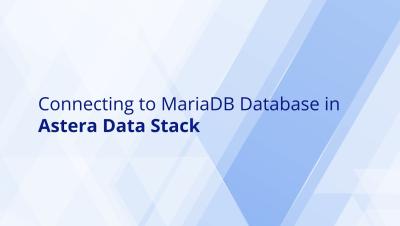A Guide to Automated Data Governance: Importance & Benefits
Automated data governance is a relatively new concept that is fundamentally altering data governance practices. Traditionally, organizations have relied on manual processes to ensure effective data governance. This approach has given governance a reputation as a restrictive discipline. But, as organizations increasingly adopt automation in their governance processes, this perception is changing.








